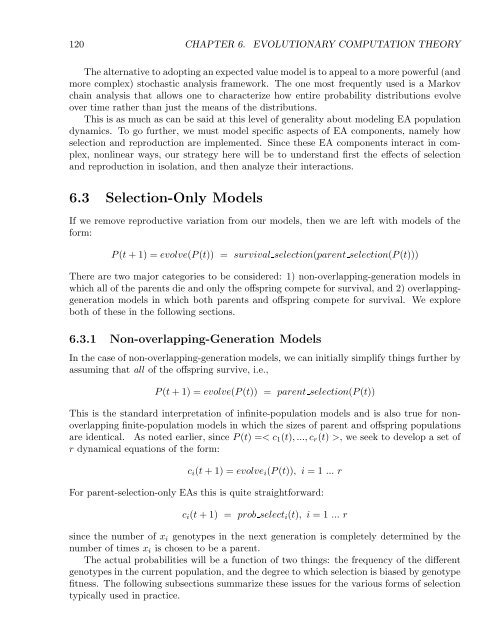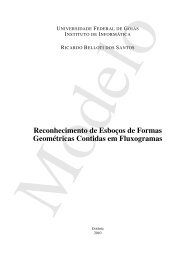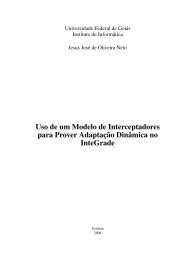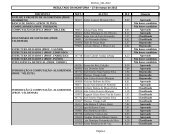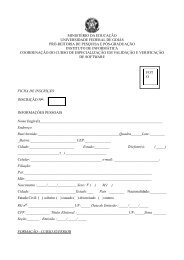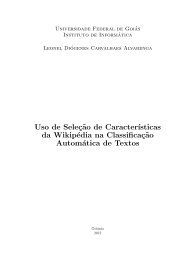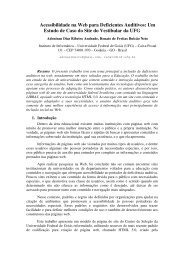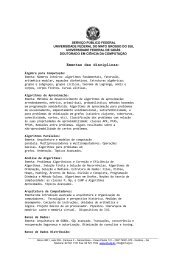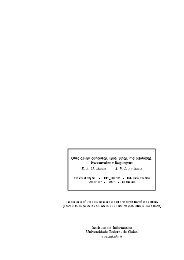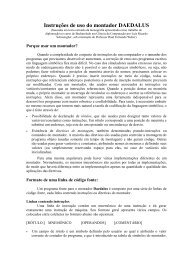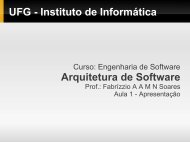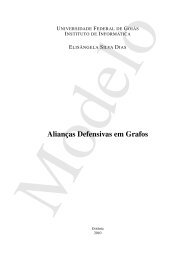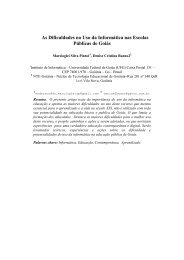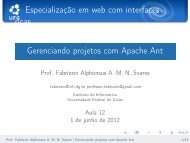Evolutionary Computation : A Unified Approach
Evolutionary Computation : A Unified Approach
Evolutionary Computation : A Unified Approach
You also want an ePaper? Increase the reach of your titles
YUMPU automatically turns print PDFs into web optimized ePapers that Google loves.
120 CHAPTER 6. EVOLUTIONARY COMPUTATION THEORY<br />
The alternative to adopting an expected value model is to appeal to a more powerful (and<br />
more complex) stochastic analysis framework. The one most frequently used is a Markov<br />
chain analysis that allows one to characterize how entire probability distributions evolve<br />
over time rather than just the means of the distributions.<br />
This is as much as can be said at this level of generality about modeling EA population<br />
dynamics. To go further, we must model specific aspects of EA components, namely how<br />
selection and reproduction are implemented. Since these EA components interact in complex,<br />
nonlinear ways, our strategy here will be to understand first the effects of selection<br />
and reproduction in isolation, and then analyze their interactions.<br />
6.3 Selection-Only Models<br />
If we remove reproductive variation from our models, then we are left with models of the<br />
form:<br />
P (t +1)=evolve(P (t)) = survival selection(parent selection(P (t)))<br />
There are two major categories to be considered: 1) non-overlapping-generation models in<br />
which all of the parents die and only the offspring compete for survival, and 2) overlappinggeneration<br />
models in which both parents and offspring compete for survival. We explore<br />
both of these in the following sections.<br />
6.3.1 Non-overlapping-Generation Models<br />
In the case of non-overlapping-generation models, we can initially simplify things further by<br />
assuming that all of the offspring survive, i.e.,<br />
P (t +1)=evolve(P (t)) = parent selection(P (t))<br />
This is the standard interpretation of infinite-population models and is also true for nonoverlapping<br />
finite-population models in which the sizes of parent and offspring populations<br />
are identical. As noted earlier, since P (t) =, we seek to develop a set of<br />
r dynamical equations of the form:<br />
c i (t +1)=evolve i (P (t)), i =1... r<br />
For parent-selection-only EAs this is quite straightforward:<br />
c i (t +1) = prob select i (t), i =1... r<br />
since the number of x i genotypes in the next generation is completely determined by the<br />
number of times x i is chosen to be a parent.<br />
The actual probabilities will be a function of two things: the frequency of the different<br />
genotypes in the current population, and the degree to which selection is biased by genotype<br />
fitness. The following subsections summarize these issues for the various forms of selection<br />
typically used in practice.


